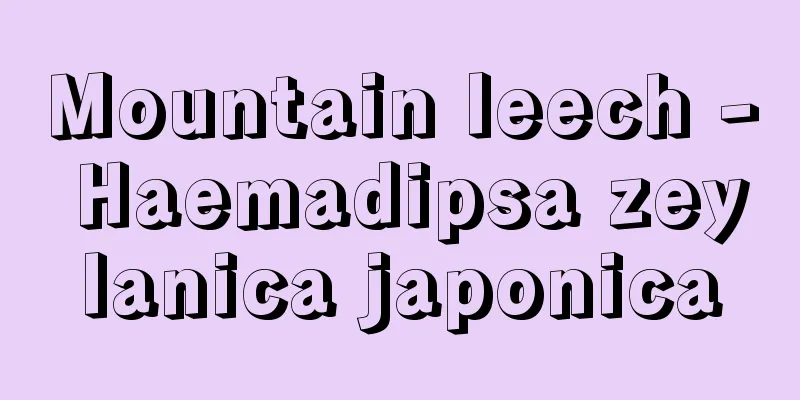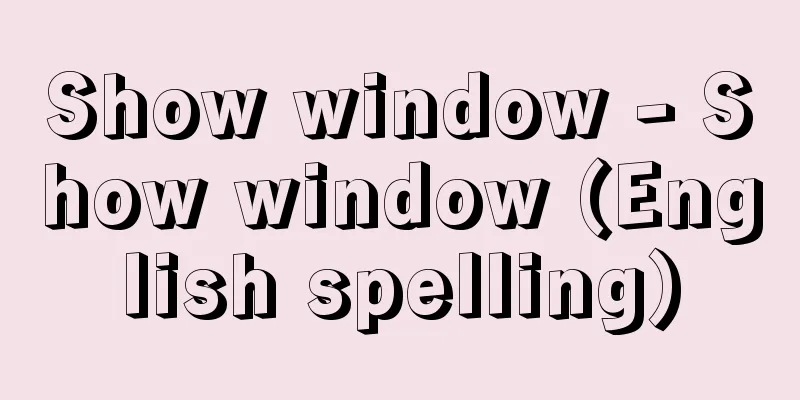Torricelli - Evangelista Torricelli

|
Italian physicist and mathematician. Born in Faenza, south of Bologna, as the eldest son of a weaver. From 1625, he studied mathematics and philosophy at the Jesuit school in Faenza for a year, and then studied under Benedetto Castelli (1577-1643), a student of Galileo, in Rome, where he became his assistant. In 1638, when Galileo published Dialogues of the New Sciences, Torricelli also published a study on the problem of projectile motion. This work caught the eye of Galileo, who invited him to Florence in 1641. His long-awaited collaboration with Galileo ended after a few months with Galileo's death in 1642. Torricelli then became mathematician to the Grand Duke of Tuscany, and died at the age of 39, but his six years in Florence were his most creative period. Torricelli's research themes were largely related to mathematics, particularly geometry (parabolas, cycloids, etc.), and these were published in 1644 as Opera geometrica (3 volumes). On the other hand, Torricelli's most famous achievement was his vacuum experiment (Torricelli's experiment). In 1643, together with his colleague Vincenzo Viviani (1622-1703), he created a vacuum at the top of a glass tube filled with mercury (one end of the tube was closed) by standing it in a mercury container, thus denying the view of the Aristotelians who did not recognize vacuums, and also correcting the "fear of vacuum" theory. He also predicted that the reason mercury stops at a certain height is due to the weight of air, and said, "We live at the bottom of the ocean, which contains air." These explanations were conveyed to Pascal in France via a letter to Michelangelo Ricci (1619-1682), and became the starting point of the debate about the existence and cause of vacuum. Another of his achievements was the discovery of "Torricelli's theorem," a law on fluid dynamics relating to flow velocity and height of applied pressure. [Yutaka Kawamura] [References] | | | | |Source: Shogakukan Encyclopedia Nipponica About Encyclopedia Nipponica Information | Legend |
|
イタリアの物理学者、数学者。ボローニャの南にあるファエンツァに、織物職人の長男として生まれる。1625年から1年間、ファエンツァのイエズス会の学校で数学および哲学を学び、その後はローマでガリレイの弟子のカステリBenedetto Castelli(1577―1643)に師事し、彼の助手となった。1638年、ガリレイが『新科学対話』を出版すると、トリチェリも投射体の運動の問題についての研究を発表した。この著述がガリレイの目にとまり、1641年にフィレンツェへ招かれることになった。念願のガリレイとの共同研究は1642年のガリレイの死により数か月で終わった。以後、トリチェリはトスカナ大公付き数学者となり、39歳で没したが、フィレンツェでの6年間は彼にとってもっとも創造的な時期であった。 トリチェリの研究テーマは数学とりわけ幾何学(放物線やサイクロイドなど)に関するものが多く、これらは1644年『幾何学集』Opera geometrica(3巻)として出版された。 一方、トリチェリをもっとも有名にしたのは、彼の真空実験(トリチェリの実験)であった。1643年に同僚のビビアーニVincenzo Viviani(1622―1703)と共同で、水銀を満たしたガラス管(管の一端は閉じられている)を水銀容器中に立てることによって、閉管上部に真空をつくりだし、真空を認めないアリストテレス派の人々の見解を否定し、また「真空の怖(おそ)れ」説も修正した。さらに水銀が一定の高さで止まる理由を空気の重さのためであると予想し、「われわれはその成分が空気である海の底に沈んで生活している」と述べた。これらの説明はリッチMichelangelo Ricci(1619―1682)あての手紙を経由してフランスのパスカルに伝えられ、真空の存在や原因についての論争の出発点となった。もう一つの業績に「トリチェリの定理」の発見がある。これは流体動力学に関するもので、流速と加圧の高さに関する法則である。 [河村 豊] [参照項目] | | | | |出典 小学館 日本大百科全書(ニッポニカ)日本大百科全書(ニッポニカ)について 情報 | 凡例 |
Recommend
Lesser moray eel
A marine fish belonging to the family Moray eel o...
Tabi socks - Jikatabi
The upper is made of navy blue cotton with blind ...
Imai Time
Year of death: October 4, 8th year of Kyoho (Novem...
Charlie
1862‐1934 Swedish astronomer. Professor of astrono...
Oromap - Oromap
…The northwest winter monsoon has a downwind natu...
Aizu Region - Aizu Chiho
… [Yuko Kitsutaka] [Three rows of mountains and l...
Shinbutsu Shugo - syncretism of Shinto and Buddhism
The fusion and harmony of Shinto and Buddhist bel...
Congestion - Hyperemia
A type of localized blood circulation disorder. W...
Ogawa Tazaemon Book - Ogawa Tazaemon Book
...In 1658 (Manji 1), a book of Noh plays entitle...
technical intelligentsia
… However, in today's advanced industrial soc...
Shrine architecture
The main shrine building of a shrine and its auxi...
Hermann I
...The next prince, Louis the Pious, accompanied ...
Drawers
A pair of loose, short-legged undergarments worn b...
Hainan New Journal
...A daily newspaper published in Kochi before Wo...
Amenooshihomimi-no-Mikoto - Amenooshihomimi-no-Mikoto
A god who appears in the Kojiki and Nihon Shoki. H...









